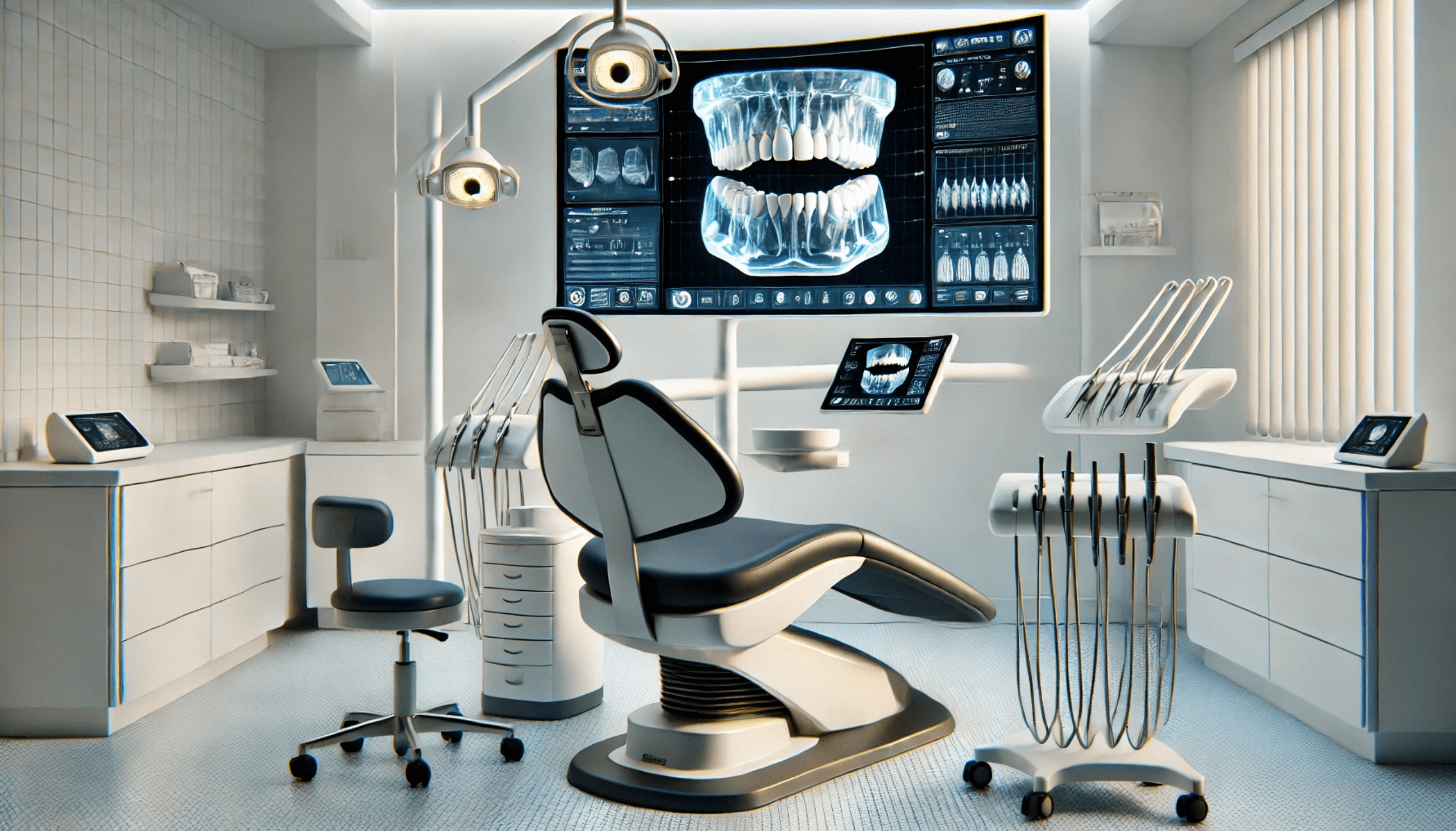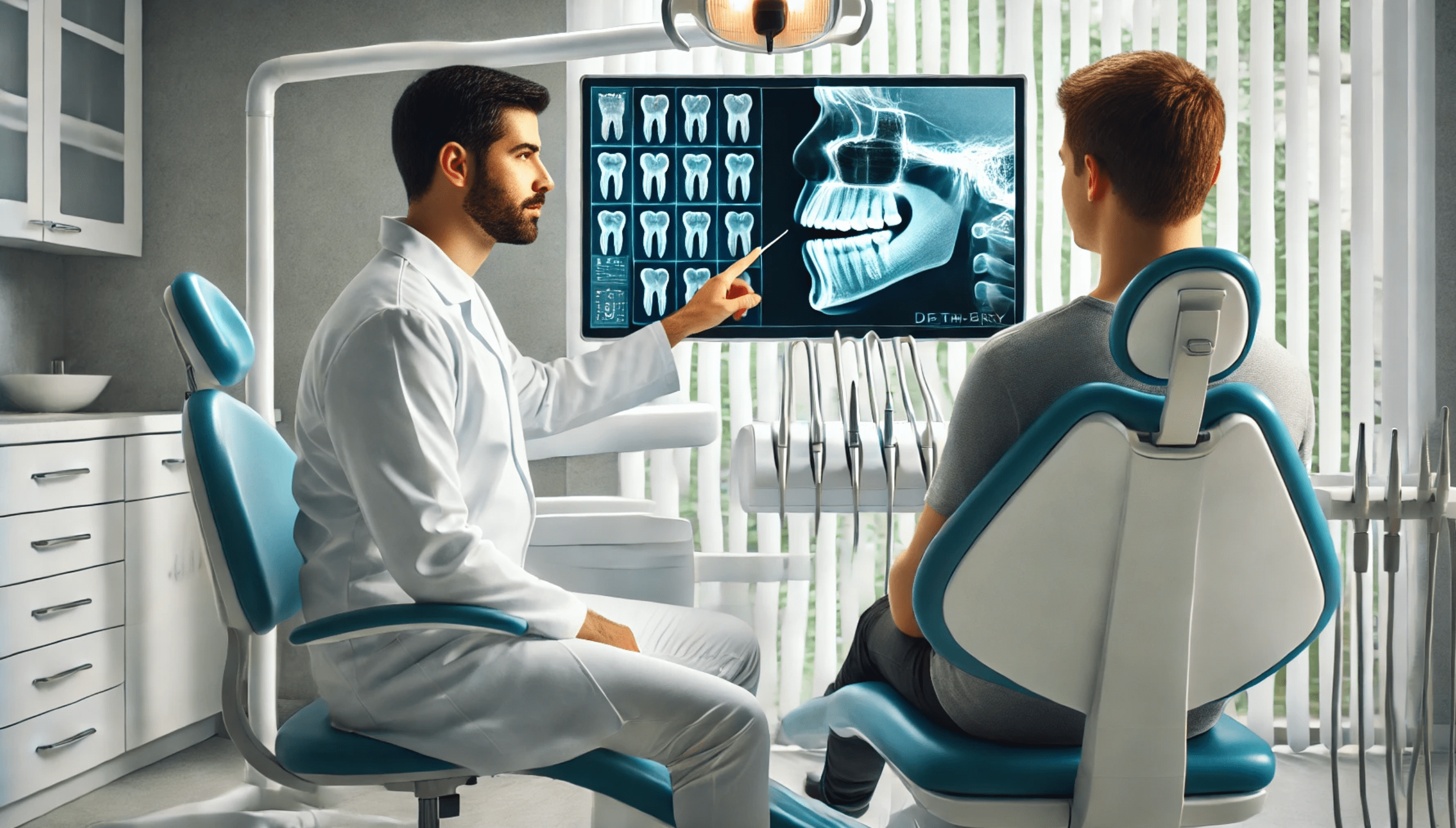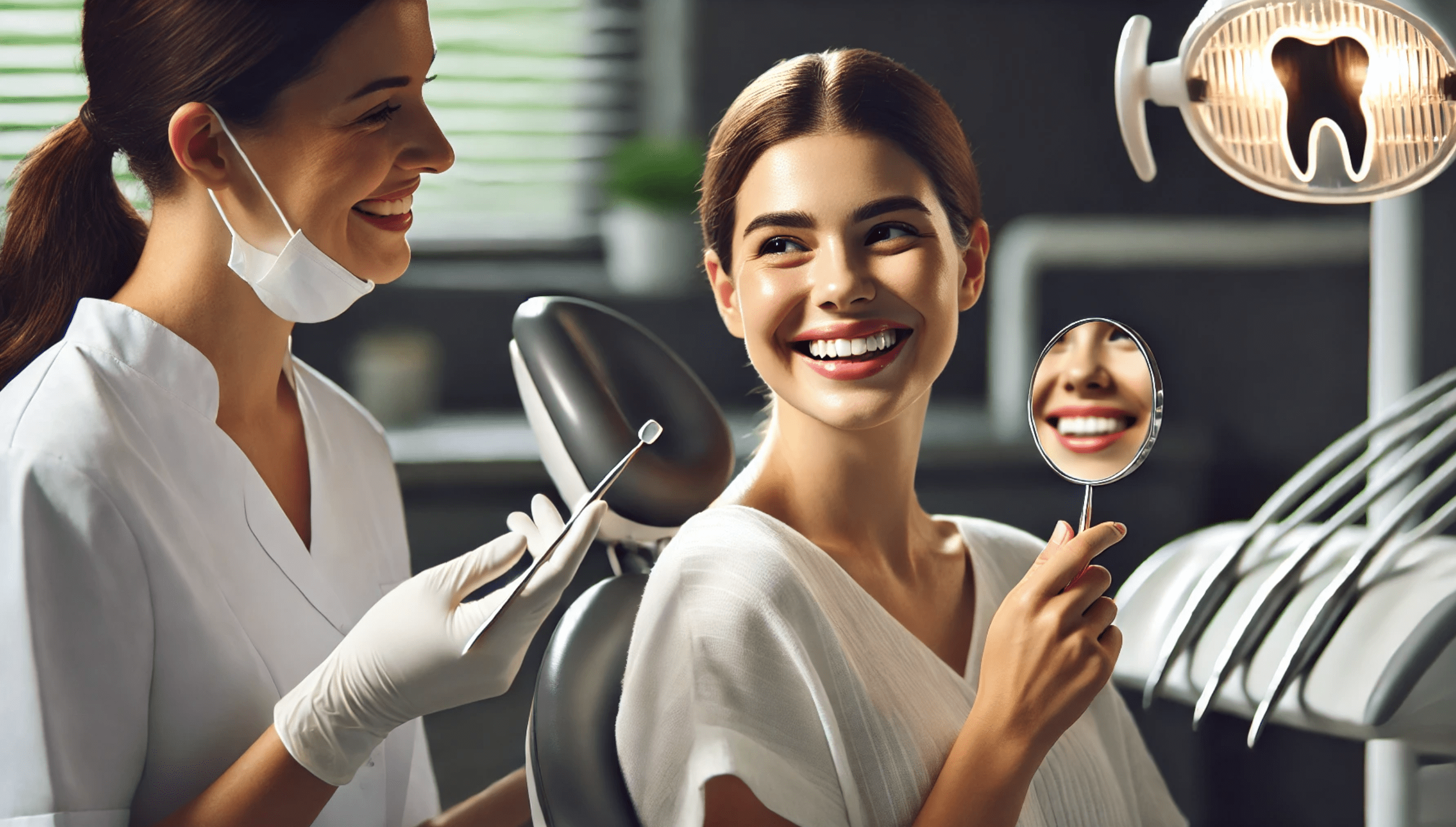What to do if your teeth start to move: causes and treatment

Dental mobility in an adult is not a norm or a temporary phenomenon that will pass by itself. If one or more teeth have started to wobble, this indicates a malfunction of the ligamentous apparatus, gum inflammation, or loss of bone tissue. At the Factor Smile clinic in Dubai, we perform comprehensive diagnostics and offer safe treatment aimed at preserving teeth and restoring dental stability.
Causes of dental mobility
Dental mobility in adults is an alarming symptom that always hides a complex of causes. If the tooth starts to wobble, it means that the integrity of the tissues holding it in the bone is broken: the gums, periodontal ligament or alveolar bone. The causes can be either local, related to the oral cavity, or systemic. The main provoking factors are presented below.:
- Periodontitis is one of the most common diseases in which the periodontal tissue, which holds the tooth, becomes inflamed. Due to chronic inflammation, the ligaments weaken, the bone tissue decreases, and the tooth gradually loses its support. The deeper the periodontal pockets and the greater the inflammation, the higher the degree of mobility.
- Poor oral hygiene — if plaque and tartar are not removed on time, pathogenic bacteria begin to multiply actively. This causes inflammation of the gums (gingivitis), and then the destruction of deep structures — ligaments and bones. Regular hygiene helps to avoid such consequences.
- Bruxism — involuntary gnashing or clenching of teeth in a dream leads to microtrauma of the supporting apparatus. Gradually, the ligaments stretch, the bone becomes thinner, and the teeth become mobile. Bruxism in combination with periodontitis is especially dangerous.
- Malocclusion — when the chewing load is unevenly distributed, some teeth become overloaded more than others. Such chronic overload leads to loosening of even healthy teeth. Without bite correction, the problem will only get worse.
- Injuries and mechanical stress — a strong blow, fall, jaw contusion, or the habit of gnawing on hard objects (such as nuts, pencils) can damage the ligamentous apparatus of the tooth, especially if the tissues are already weakened by inflammation.
- Hormonal disorders — during pregnancy, menopause or thyroid diseases, there may be a change in the hormonal background, which affects the condition of bone tissue and ligaments. This makes teeth more vulnerable even under moderate stress.
- Age—related changes - with age, bone tissue loses density, gums can recess, and the supporting apparatus of teeth becomes less durable. Especially if prevention and care have been insufficient throughout life.
- Errors in orthodontic treatment — moving teeth too quickly, insufficient fixation after removing braces, or the absence of a retention stage can lead to mobility. Especially in cases where the treatment was carried out without proper monitoring of the periodontal condition.
At the Factor Smile clinic, we not only eliminate dental mobility, but also identify the root cause of the problem using modern 3D diagnostics, microscopic examination and an interdisciplinary approach.
What is the danger of tooth mobility

Tooth mobility is not just an inconvenience when chewing or brushing. This is a serious symptom that indicates deep-seated disorders in the system of supporting tissues. Without timely treatment, the situation can rapidly worsen. That's what ignoring the problem can lead to.:
- Deepening of periodontal pockets — the space between the tooth and gum expands, forming "traps" for bacteria and food residues. This increases inflammation and accelerates the destruction of supporting structures.
- The development of chronic inflammation and the appearance of pus — with progressive periodontitis, the formation of purulent abscesses, fistulas and severe swelling of tissues is possible.
- Bad breath (halitosis)rotting of soft tissues, accumulation of plaque and pus in pockets cause a persistent fetid odor that cannot be eliminated by hygiene.
- Tooth loss — due to ligament destruction and bone loss, the tooth loses its support and may eventually fall out even with minimal stress.
- Malocclusion — displacement and loss of even one tooth disrupts the balance of the entire dentition. This can lead to overloading of the remaining teeth, headaches, pain in the temporomandibular joint, and difficulty chewing.
- Aesthetic defects — movable teeth often shift, cracks form, the gums droop, and the smile loses its aesthetics. This is especially noticeable in the smile area and can affect self-esteem and psychological comfort.
Important: Tooth mobility is always a signal for action. The earlier treatment is started, the more likely it is to preserve teeth, avoid surgery and restore a healthy smile without complicated procedures. At the Factor Smile clinic in Dubai, we will develop for you a personal therapy plan based on accurate diagnosis and modern safe methods.
Diagnostics at the Factor Smile clinic
In our clinic we use modern equipment for complex diagnostics:
- 3D computed tomography for bone condition assessment;
- Periodontal probing to determine the depth of pockets;
- Panoramic image (OPTG) for visualization of the entire jaw;
- Bite assessment using digital models;
- Microbiological analysis, if necessary, to identify pathogens.
Methods of treatment of movable teeth

Treatment of dental mobility should always begin with a thorough diagnosis of the cause. At the Factor Smile clinic, we select an individual therapy plan that can include both conservative and surgical methods. The goal is to eliminate inflammation, restore supporting structures and stabilize the dentition.
Elimination of inflammation
- Professional hygiene is the removal of soft and hard plaque (tartar) using ultrasound and hand tools, which eliminates the main source of gum inflammation.
- Deep curettage — cleansing of the subgingival periodontal pockets from bacteria and destroyed tissues. It can be performed manually or using ultrasound and laser.
- Antiseptic and antibacterial therapy — the use of special gels, solutions and systemic antibiotics aimed at combating infection in the gingival pockets.
- Laser and ultrasound treatment are modern methods that allow to disinfect tissues, stimulate healing and minimize discomfort after the procedure.
- Plasmolifting is the introduction of the patient's own platelet—rich plasma into the area of inflammation. This method activates regeneration, strengthens the gums and improves tissue nutrition.
Splinting teeth
If the teeth are loose but still need to be preserved, temporary or permanent fixation is performed:
- Fiberglass tapes are thin, durable materials that lock teeth together, evenly distributing the load.
- Composite tires are used for frontal mobility, creating an aesthetic and durable fixation without the need for removable devices.
- Temporary structures are removable or non—removable dentures that temporarily stabilize the dentition and allow you to plan further treatment.
Correction of bite and functional load
- Orthodontic treatment is the alignment of teeth and restoration of a correct bite using aligners or braces. This helps to eliminate the overload of individual teeth.
- Making mouth guards for bruxism is a nighttime protection of teeth from grinding and excessive pressure. It is especially effective in combination with myotherapy and bite correction.
- Correction of chewing habits — includes changing the chewing side, eliminating bad habits, and restoring occlusal balance with fillings or inlays.
Restoration of bone tissue
In case of loss of bone support, especially in the late stages of periodontitis, regenerative methods can be used.:
- Targeted Bone Regeneration (NCR) — the use of membranes and biomaterials to stimulate the growth of one's own bone tissue in the desired area.
- Sinus lifting is a method of building bone mass in the lateral sections of the upper jaw before installing implants.
- Autotransplantation of bone blocks is the movement of fragments of the patient's own bone to strengthen deficient areas.




